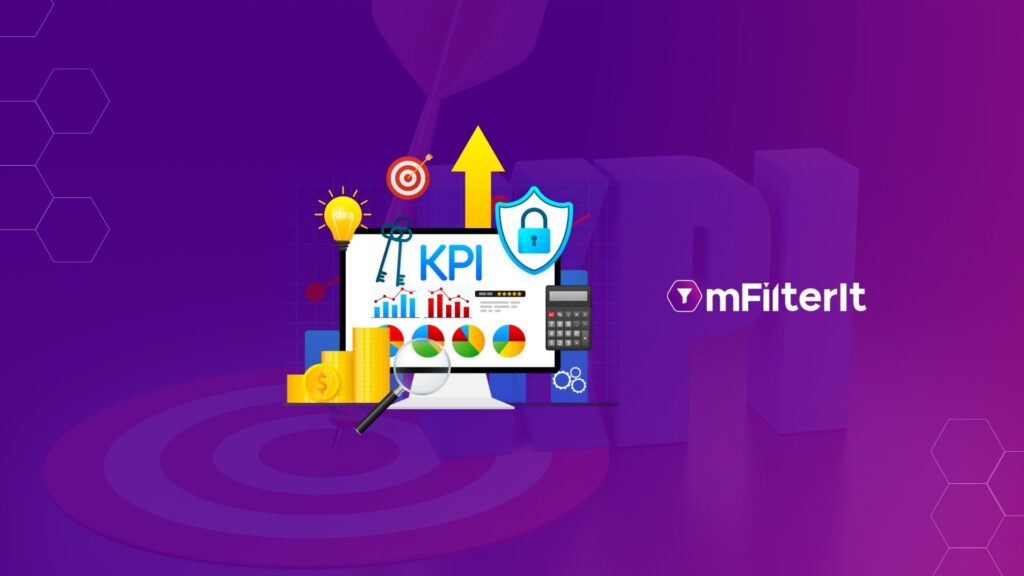Brands Vs BOTs: Importance of Decoding BOT Fraud
Alan’s Turning remarkable theory formed the basis of computer science today. His famous test ‘The Imitation Game’ was based on whether a machine can fool us into believing that it was a human. The objective of the game was that the interrogator while sitting in a separate room had to identify which of the other two is the person and the machine. The interrogator knows the person by labels ‘X’ and ‘Y’ and does not know which of the other person and the machine is ‘X’. Alan Turning’s argument was that if a human cannot tell the difference between a computer and a human then we should call the computer intelligence. Alan Turning’s test is turning out to be true in today’s world. Almost half of the online traffic is BOT generated. This has led to adulterating the quality and genuineness of engagement driven by various platforms such as financial services, healthcare, travel, and e-commerce among others. It has not left any industry unaffected. In the advertising industry, due to fake BOT traffic, advertisers are losing millions of dollars each year. Fraudsters are becoming more advanced in their workings. They find new ways and activities to inject fake clicks or use bots to generate their revenue. The ability of bots has increased in the past few years to mimic human online behavior. As the line between humans and BOTs blurs, our suspicions are raised; so how do we get to know that real humans are clicking on our ads or installing our apps? The answer to this question is very complicated as there is no clear way to know whether the real human is clicking on the ads or not. How does BOT fraud occur? Fraud publishers use BOTs to send multiple clicks to the landing page or to fill multiple leads to earn money from advertisers. BOTs avoid traceability by changing the IP address presented at the time of the transaction from the original IP address of the device, which is either hidden or tampered with. In the absence of any fraud check, the advertiser ends up paying for fake clicks or installs. 2 Different Kinds of BOTs BOTs are trained to do multiple things at the same time. There are two kinds of BOTs: Good BOTs: They are used to gather information. BOTs in such disguises are called web crawlers. Good BOTs are used to interact with customers in an automatic form. Bad BOTs: Bad BOTs or malicious bots are self-propagating malware that infects its host and connects back to a central server(s). The server functions as a control center for the network of BOTs. These BOTs can gather passwords, obtain financial information, relay spam, log keystrokes, launch DoS attacks, etc. How to make sure that you are paying for genuine traffic? Paying for genuine traffic is never easy when it comes to performance marketing campaigns. Since the Alan Turning test, not much has changed apart from the real human interrogator, now we have technology solutions that act like an interrogator and help us identify the BOTs traffic from a genuine one. mFilterIt solution helps in identifying invalid traffic due to ad fraud in your campaigns by using different kinds of algorithms.
Brands Vs BOTs: Importance of Decoding BOT Fraud Read More »








